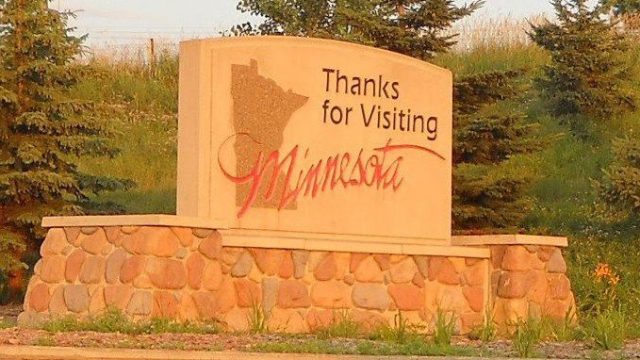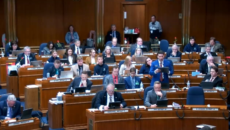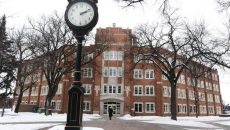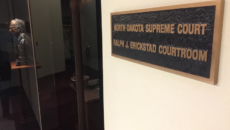Guest Post: North Dakota Tax Cuts Represent Dark Clouds For Minnesota Border Communities

As the 63rd North Dakota legislative session comes to a close not much has been reported about the ongoing implications of the unprecedented economic prosperity, record tax relief and increased state spending on the communities bordering North Dakota and Minnesota. According to the 2010 census there were over 122,000 residents in the seven Minnesota counties bordering North Dakota. In comparison only 18,000 people live in the six Montana counties bordering the state.
To give some perspective, South Dakota has no personal or corporate income tax and also has a significantly larger population (almost 300,000 people) residing on the Eastern border counties. By contrast in 2010 the census reflected a population of only 48,145 residents living in all six of the Minnesota counties bordering the state. It is probably no surprise that all of the Minnesota border counties have been in a decades long population decline while every border county in South Dakota has grown in population.
On the last day of the legislative session the North Dakota legislature passed significant reductions in personal and corporate income tax rates across all brackets. The lowest bracket threshold was raised to $60,650 and the rate was significantly lowered to less than 1.5%. The net result is a family earning $60,000 in North Dakota will now pay less than $800 in state income tax vs. $3,626 In MN. Over the last 4 sessions there has been a slow and steady focus on reducing taxes. For some it has not been fast enough, but there is no question the impacts are starting to be realized.
In addition to the income tax reductions, there has been a significant change in the property tax formula funded by the state. The reality is that property tax bills for most North Dakotans will most likely no go down much because of increased mills and values, but they will probably not go up much either. The net result is a win for the local communities who will continue to benefit from the additional revenue without significant increases in property taxes to the property owners.
At a time when North Dakota is lowering taxes and increasing state spending by almost 68% in the next biennium, the Minnesota legislature is expected to reduce services and raise income tax rates to as much as 9.85% for households who earn over $250,000 per year. The Minnesota House of Representatives is also looking at adding an additional 4% surcharge to anybody who earns over $400,000 per year. If these tax increases go into effect MN will be the 2nd highest income state in the nation behind California.
In my opinion we have probably already reached a tipping point (without the pending Minnesota tax increases) in the delicate balance between the North Dakota and Minnesota border communities, however with the pending tax increases the financial devastation to the border cities could be catastrophic and unexpected. For decades property taxes were traditionally higher in North Dakota vs. higher income taxes in Minnesota. The average family evaluated the benefits of living in Minnesota where the services and economic opportunities were usually much better than North Dakota. The justification for paying more was based on the level of services provided and the difference between the North Dakota income tax rates vs. the property taxes paid by a Minnesota family was negligible. Today the tables have turned with a much better economy, lower taxes and increased services in North Dakota.
As an example, a family living in Moorhead making $60,000 per year will pay $3,626 per year in personal income tax vs. only $756 in North Dakota under the new tax rates. $2,870 per year may not sound like much, but to an average family it is significant and may swing the decision to live in Minnesota or North Dakota. A two income professional family living in East Grand Forks making $223,000 will now pay over $11,000 in more in annual taxes in Minnesota.
It is my personal observation that these communities have already started to see a decline in the level of new capital investment, city services and new business development as a result of these trends. Unfortunately for the residents of these communities the outlook does not look favorable given the Minnesota political climate. The net result will be an eventual decline in property values and the tax base required to support the Minnesota border communities. We only need to look to South Dakota to see this trend play out.







